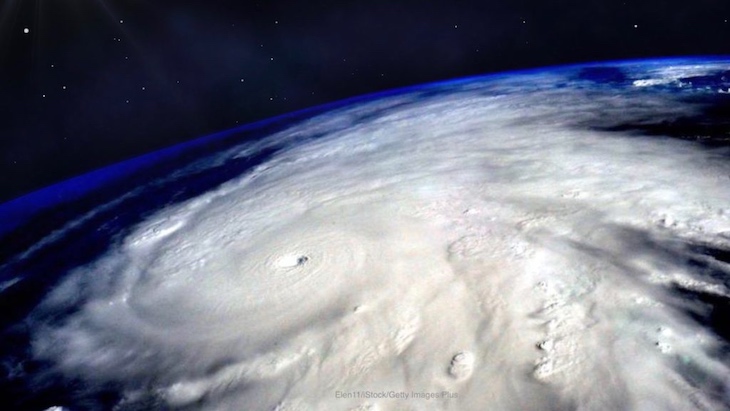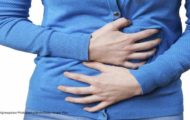Get food safety emergency preparedness tips before a storm from the USDA. September is National Food Safety Education Month and emergency Preparedness Month. And with Hurricane Helene bearing down on the southeastern United States, it’s time to get ready. For a chart about how to prepare, see Food Safety Before An Emergency.

Knowing how to keep your food and water safe will minimize danger from spoiled food and reduce the risk of foodborne illness. It’s a good idea to always be ready, but when a storm watch or warning is issued, start to prepare.
First, fill empty spaces in your freezer with frozen plastic jugs of water or bags of ice. They can serve as fresh water as needed. And freeze items you don’t need right away.
Fill jugs with fresh water and fill your bathtub as well. You will need at least one gallon of water, per person, per day. If possible, raise refrigerators and freezers off the floor by placing cement blocks underneath them. Move canned goods and other shelf-stable foods to a higher area.
You should maintain a waterproof emergency kit that’s stocked with non perishable food, extra medication and prescriptions, and hygiene supplies. such as soap and bandages Non perishable food includes shelf stable items that are safe at room temperature, including canned food such as tuna, vegetables, fruits, and canned soups. Other good shelf stable choices include bread, rolls, peanut butter, granola bars, crackers, nuts, trail mixes, jerky, cereal, unopened mayonnaise, unopened mustard, dried milk, and unopened jams and jellies. Be sure to include a can opener.
During the storm, if the power goes out, do not open the fridge or freezer if possible. If the power outage lasts more than four hours, discard perishable food in the fridge. The frozen food should be good for 24 hours if half full, and 48 hours if full, only if the freezer is not opened.
After the storm, do not eat any food that isn’t in a waterproof container if there is any chance it came into contact with flood water. Discard any perishable food that has been at room temperature for more than two hours, or one hour if the ambient air temperature is above 90°F. Do not taste perishable food to see if it’s safe.
Thoroughly wash all pots, pans, ceramic dishes, and utensils, including can openers, with soap and water if they have been in contact with flood water. Then sanitize them by boiling in clean water or immersing them for 15 minutes in a solution of one tablespoon unscented liquid chlorine bleach for every gallon of water.




